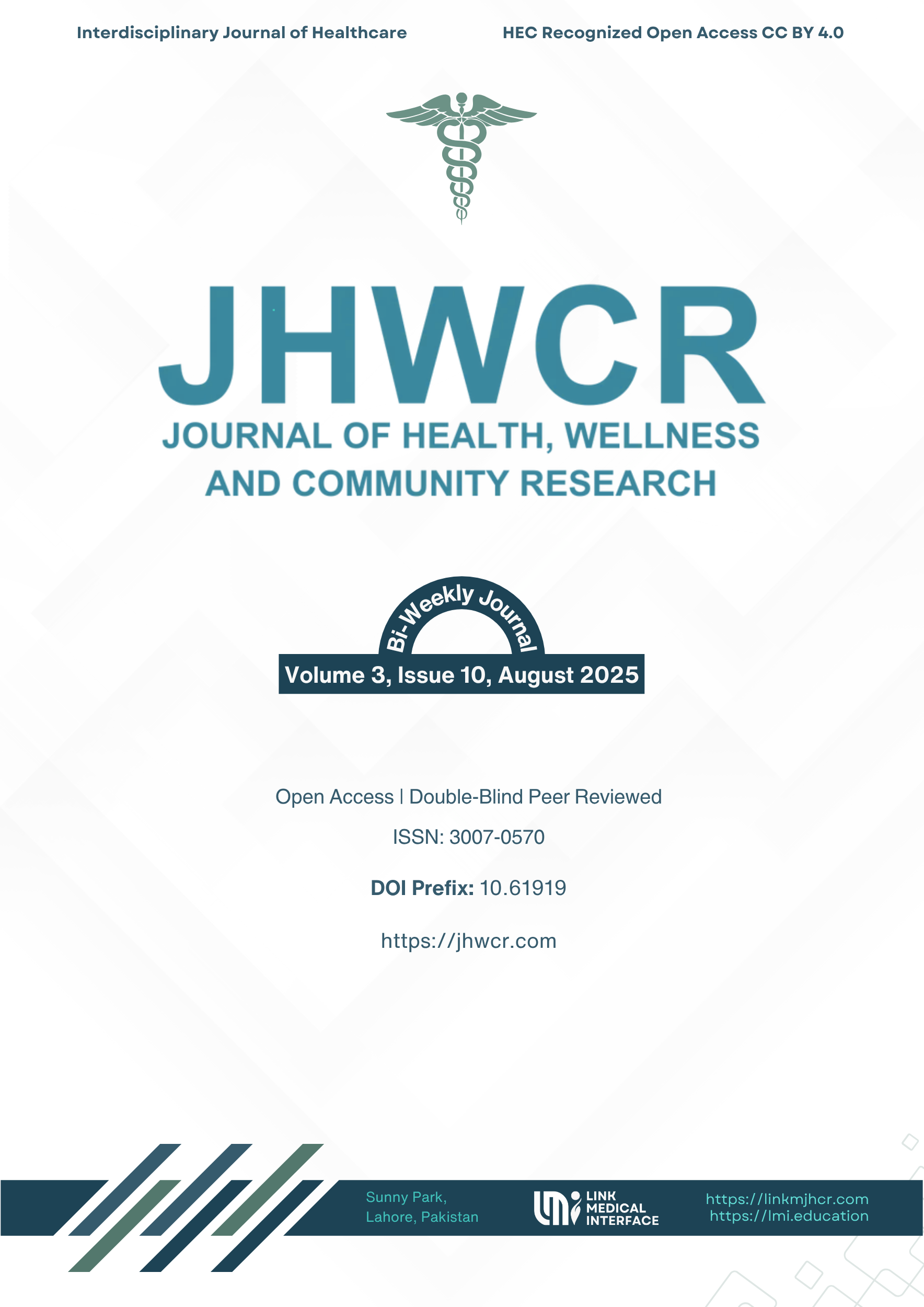Effects of Nirschl Exercises with and Without Mulligan Taping in Lateral Epicondylitis
DOI:
https://doi.org/10.61919/7kpg1626Keywords:
Lateral epicondylitis, Nirschl exercises, Mulligan taping, eccentric exercise, tendon rehabilitation, grip strength, randomized controlled trialAbstract
Background: Lateral epicondylitis is a degenerative tendinopathy of the common extensor origin, frequently involving the extensor carpi radialis brevis, and characterized by pain, functional limitation, and reduced grip strength. Eccentric strengthening (Nirschl exercises) is a first-line conservative intervention, while Mulligan taping aims to maintain joint alignment and reduce pain through positional correction. Evidence on the combined efficacy of these approaches remains limited. Objective: To evaluate the effects of Nirschl eccentric exercises with and without Mulligan taping on pain, functional disability, and grip strength in patients with lateral epicondylitis. Methods: In this randomized controlled trial, 46 patients aged 18–45 years with clinically diagnosed lateral epicondylitis were allocated to either Nirschl exercises plus Mulligan taping (n=23) or Nirschl exercises alone (n=23) for three weeks. Pain intensity (VAS), functional disability (PRTEE), and grip strength (hand-held dynamometer) were assessed pre- and post-intervention. Data were analyzed using paired and independent t-tests with p<0.05 as the significance threshold. Results: Both groups showed significant within-group improvements in pain, function, and grip strength (p<0.05). Between-group analysis demonstrated greater reductions in PRTEE (–40.48 points, p<0.001) and VAS (–1.73 cm, p<0.001) in the combined group, with no significant difference in grip strength (p=0.104). Conclusion: Nirschl exercises combined with Mulligan taping provide superior short-term improvements in pain and disability compared to exercises alone, though grip strength gains were comparable.
Downloads
Published
Issue
Section
License
Copyright (c) 2025 Shan Ali, Moiz Kamal, Sikander Naseer, Anosh Malik, Fatima Umer Hayat, Uzma Batool, Iqra Khan, Farah Noreen (Author)

This work is licensed under a Creative Commons Attribution 4.0 International License.


